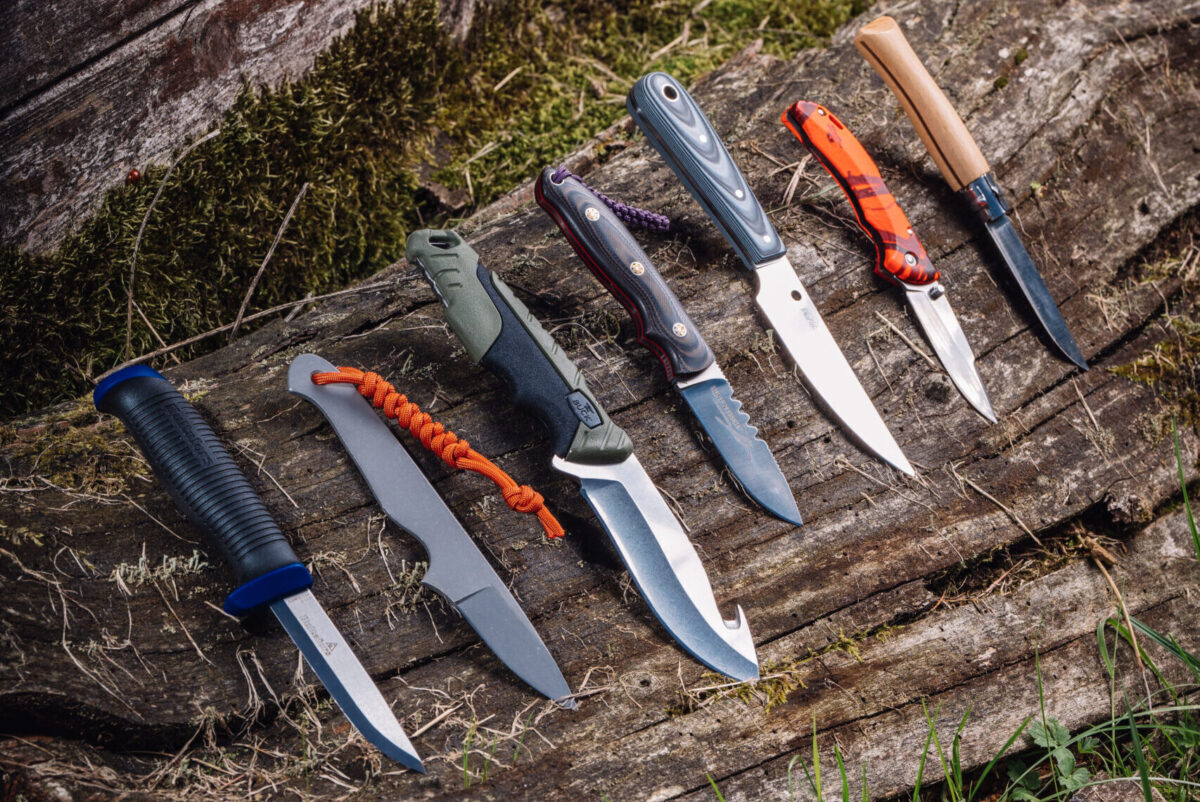Are expensive optics worth it? Mat Manning considers the options
Mat Manning considers whether it is best to invest in a high-end telescopic sight or keep it simple with a more affordable model
The question of how much to spend on a telescopic sight to pair with a rifle is a tricky one to answer as it hinges on so many different factors. Broadly speaking, and with a few exceptions, most modern telescopic sights are worth what they cost, and my usual advice is to buy the best that you can sensibly afford.
Affordability is a subjective thing, but I tend to group telescopic sights into three general price brackets. Setting aside infrared and thermal optics, entry-level or ‘affordable’ scopes are those costing less than £200, my middle bracket tends to cover the £200 to £1,000 price point. I regard those costing more than £1,000 as high-end optics. As for what differences you can expect to find between those various price brackets, the most obvious one is optical quality. Put simply, better scopes incorporate better glass, which gives you a better view.
As someone who mostly uses air rifles, I don’t do a lot of shooting with high-end optics, so it is always a revelation when I do. Not so long ago, I reviewed the Zeiss Conquest V4 and the improvement in optical quality compared with my standard fare was amazing. Colours were more vivid, general viewing was much sharper and the overall image looked exceptionally bright.

The Zeiss Conquest V4 isn’t cheap but delivers remarkable value for its price point
This telescopic sight sits just above the £1,000 mark and is actually regarded as an entry-level model by Zeiss. This gives you some idea of what you can expect to see through its models costing closer to £3,000 and similar offerings from the likes of Swarovski and Leica.
In real terms, the extra brightness was what proved to bring the biggest quantifiable gain to me. Most of my really productive rifle shooting, be it targeting rabbits or grey squirrels, tends to take place during the last hour or two before nightfall, and using a scope that made more efficient use of available light enabled me to shoot for longer during that prime time. Such a gain would also prove valuable to shooters setting their sights on deer or foxes at dawn and dusk.
Tough enough
Another factor that improves as you spend more on optics is build quality. I know lots of shooters who buy relatively cheap scopes on an almost yearly basis, frequently replacing them with new because they simply weren’t made tough enough to stand up to the demands of field use. I don’t think it would be difficult to make a case for them to spend a bit more on a better sight that would last much longer.
Warranty periods tend to be much longer on high-end optics than on affordable ones — simply because their makers have more confidence in their longevity. A bargain optic doesn’t feel like such a bargain when you can’t see through it because the rain has crept into its innards and fogged up the lenses, or — as has happened to me on several occasions — when the front focusing collar comes away in your hand just as you are trying to snap that wary rabbit into sharp relief.

Offering impressive optical performance, the Hawke Sidewinder is a decent mid-priced riflescope
Apart from lasting longer, better-made optics are also generally nicer to use; the dials turn more smoothly and the stops on the windage and elevation turrets are usually more clearly defined. Scopes at the higher end of the market also tend to be made with simpler, cleaner lines. From an aesthetic point of view, that makes for a better-looking optic, but it also makes for one that is easier to clean. That may not sound like a huge gain, but anyone who has tried to pick dirt off a scope that has been embellished with elaborate grooves and notches in a bid to hide its cheapness will quickly learn to appreciate it.
Pride of ownership is more important to some shooters than others. If you are the sort of person who likes to know — or who likes others to see — that you are using the best equipment that money can buy, you are likely to gravitate towards a high-end riflescope.
Parting with more than £1,000 may well buy you a very nice optic, but it would amount to little more than a waste of money for a lot of shooters. If you only shoot occasionally, setting out when the whim takes you to bag the odd rabbit or grey squirrel over modest ranges, there is little point in spending a significant chunk of your income on a top-of-the-range gunsight that is unlikely to get much use. Even if you limit yourself to the entry-level/affordable end of the price spectrum, you should end up with something fit for your purposes.

he 4-16X40 AOE from Richter Optik is an excellent option for shooters on a tight budget
Striking a balance
Hawke does a brilliant job of striking the right balance between affordability, performance and build quality, particularly with its Vantage range. Spend around £150 on one of these optics and it shouldn’t feel like a compromise. Brightness is impressive, as are clarity and colour definition, and the design is sleek and simple.
For shooters on a really tight budget, optics from the likes of PAO and Richter Optik provide an affordable solution, with models coming in at under £100. I have done a lot of shooting with the Richter Optik 4-16X40 AOE, which retails for only £74.99, over recent weeks and have been very impressed with it (see Mat Manning’s review of the best budget scopes here. It will never rival a high-end scope for brightness and clarity, and it would be ridiculous to expect it to, but it does what it needs to in the field.
I have used it to account for dozens of squirrels and rabbits as well as a few wily corvids. During my testing, it has survived a couple of soakings courtesy of unexpected summer downpours and has stood up to the vibration generated by my .22 rimfire and a spring-powered airgun with a fairy snappy firing cycle.

At the £200 to £1,000 price point, the MTC King Cobra is a solid performer
Scopes in what I regard as the middle price bracket, from £200 to £1,000, can vary greatly. Some have good glass but lack features, while others are packed with what their makers describe as ‘useful extras’ but fall short when it comes to performance. Solid performers at this price point include the Hawke Sidewinder as well as offerings from MTC Optics and Element Optics.
The important thing to ensure, especially at sub-£400, is that your spend is going on build quality and optical performance, and not gimmicky extras that you don’t really need. My advice to anyone choosing a new telescopic sight is to make a list of the features you genuinely believe you need and don’t be seduced by models offering gizmos that are probably surplus to your requirements.
Illuminated reticles with numerous aim points, side parallax wheels, wide-angle viewing and extensive zoom ranges can all prove handy, but they are close to useless if they come instead of reliability and a reasonable standard of optical performance.
There is a strange anomaly that can result in cheap optics outperforming expensive ones, and it is apparent when using a rear-mounted night-vision converter.
The lens coatings on high-end scopes sometimes do such an effective job of filtering out infrared light that it can result in a very dull image. The coatings on cheaper models, which are presumably more for show than function, tend to have less effect, and your infrared unit will work better as a result.
Middle ground
By and large, though, the more you spend, the more you get, and cost is the overriding factor for most of us when choosing any new item of kit. With that in mind, the majority of shooters are likely to be best off sticking to the middle ground. Moving up from an entry-level optic to mid-price model is a significant leap, and the improvement in all areas should be quite noticeable if you choose a good one.
Once you pass the £1,000 threshold, further refinements in optical quality, features and construction tend to come in smaller increments and are therefore less noticeable, but that isn’t to say that they won’t be appreciated.
If you can afford the best without having to make serious sacrifices in other areas of your life, and you can justifythe outlay in relation to the shooting you will be using the equipment for, you might just as well take advantage of the benefits that a top-quality modern optic can deliver. It will certainly enhance your shooting experience.







